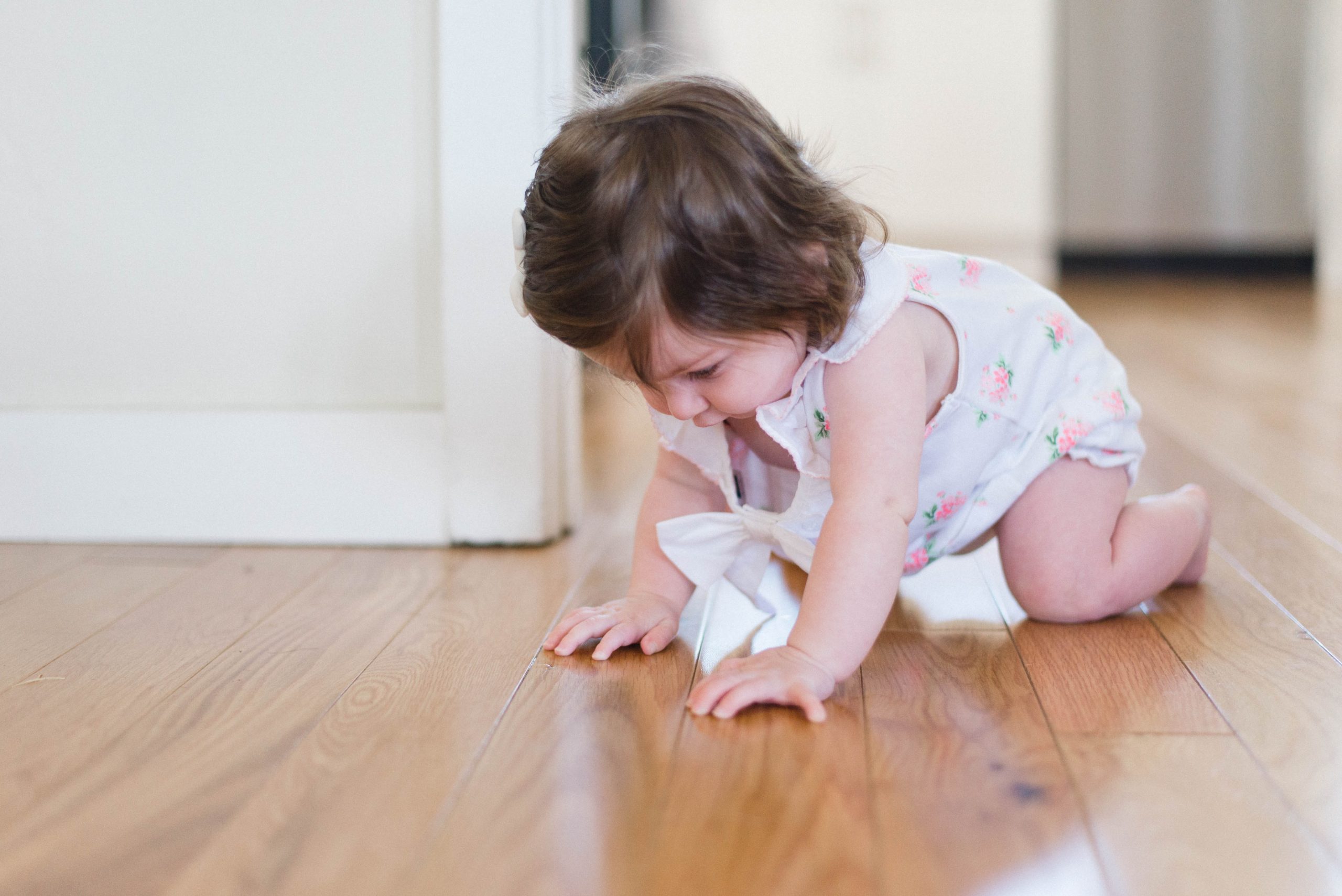Has your baby suddenly gone from sleeping through the night to waking frequently, refusing naps, having difficulty falling asleep on their own or having trouble staying asleep?
Sometimes this can be caused by illness or teething. But if you have ruled these things out and it’s lasting more than a few days (unlike a growth spurt) along with your child suddenly being extra cranky, clingy and crying more than usual…. this could be a sleep regression.
When do sleep regressions happen?
If you google a sleep regression you will probably find one for almost every month! However, the most common sleep regressions occur around 4-6 months, 8-10 months and 11-13 months. Typically, around the stages a baby learns to roll, crawl and walk. It is a really exciting time as your baby is going through tremendous cognitive development. But like all skills they need practice and this means your baby is likely to be practising these skills again and again both day and night until they have been mastered.
Why do regressions impact sleep?
Quite simply because your little one’s brain is on overdrive and it’s hard to simply switch off. Imagine how you feel when you are really excited about something or really nervous about a big event or even when you were younger studying for exams etc. You cannot simply turn off your thoughts and often these thoughts can keep you awake at night. During these phases for a baby, the brain is also on overdrive and similarly, they cannot shut it off and find it really hard to get to sleep. This results in a tired and cranky baby the next day or a baby who simply refuses to nap or sleep!
What can you do?
Firstly, remember that this will not last forever and with some consistency, you will be able to get things back on track quite quickly.
Most importantly stick to your routine, especially at bedtime. Having the same steps in the same order every night will help to cue your baby that sleep is coming.
It is also okay to offer them a little more reassurance than usual, just don’t overcompensate by reintroducing old sleep crutches you may have moved away from as this is where a small temporary sleep setback can become a long-running bigger issue. Think very carefully before reintroducing cuddling to sleep, rocking and co-sleeping in desperation to provide a temporary fix. Why? Because your little one will most likely expect you to continue with these things post-regression and will find it hard to settle to sleep without them.
During the day help your little one master their new skill with lots of encouragement and practice. Whether it is rolling, walking or something else, do as much as possible together with lots of joyful praise, fun and encouragement.
Other reasons for regressions:
A baby’s sleep may also take a regression as a result of a change. For example:
- Have you gone on holiday?
- Has your routine changed?
- Has your baby been unwell?
All these things can cause a temporary sleep setback.
The important thing is to have a plan in advance for how to respond to your baby during these times so you are not desperately clutching at straws in the middle of the night.
It’s okay to offer extra reassurance during these times but be mindful of not overcompensating. For example, you might want to sit next to them using lots of touch and shushing instead of bringing them into your bed if this is not something you would normally do.
Self-settling and regressions:
Sometimes a sleep regression will highlight the lack of a sleep skill. Perhaps your baby is unable to settle to sleep in the first place, relying on your help to do it for them.
If this is the case then you need to create a plan asap to slowly move away from doing all the work for them and encourage your baby to do more of the falling asleep for themselves.
Teaching your little one to master self-settling will help to navigate this regression much faster.
But along with consistency, be patient…as it may take until the regression has passed before your little one shows you that they can do it, so hang in there.
Developmental leaps and wonder weeks:
The Wonder Weeks (by Hetty van de Rijit & Frans Plooij) explores a baby’s mental development during the first 20 months. It’s based on lots of research and neurological studies that show significant changes in a baby’s brain at around more or less the same time for every child. In fact, studies show that with the wonder weeks, you can predict mental developmental leaps within a week or two! In theory, a parent is then able to rationalise a particularly fussy phase as down to a wonder week!
A developmental leap refers to physical development which unlike mental development these timings can vary and be harder to pinpoint for example walking (children can walk as early as 10 months or later at 18 months). A developmental leap is usually preceded by a fussy phase and not knowing when to expect these can leave parents confused, confidence knocked and a bewildered baby.
Whilst this is a useful guide, I don’t like to get hung up on the exact times to expect these phases. After all your child is unique and will develop at his or her own pace. With the incredible rate of a little ones development, you could experience a fussy phase due to mental development followed by a fussy phase due to physical development. The result of all this development can then cause disruption to the routine, especially around naps and general settling, which in turn causes an overtired baby who will be cranky and fussy. Inevitably illness and teething get thrown into the mix as well.
It can be a lot to navigate and might feel like they come along one after the other and life seems to be one big fussy phase!
If you blame everything on a wonder week, developmental leap, or growth spurt and just ride out the sleep implications, your child will never truly learn the sleep skills they really long for. So be aware of these phases and help your child through them but do not expect miracles on the other side if your baby was already lacking in the ability to sleep independently.
On the plus side if your child is already a skilled sleeper then these phases will pass and things will get back to normal quickly.
Not sure where to start with teaching your child to self-settle? Being able to put themselves to sleep at the sleep onset is vital for a little one to be able to sleep longer and not need your help to resettle them every time they move through their sleep cycles. So think about how you can help your little one to fall asleep without actually doing it for them. Not sure where to start? Book a free chat with me here
Do you know how much sleep should your little one be getting? Understanding your child’s sleep needs and wakeful windows (how long they can be up for before they get overtired) is also crucial in riding out any of these phases. Stay one step ahead with your free sleep needs guide.
Get your free sleep needs guide here – click this link to download
Best wishes
Leigh. X







